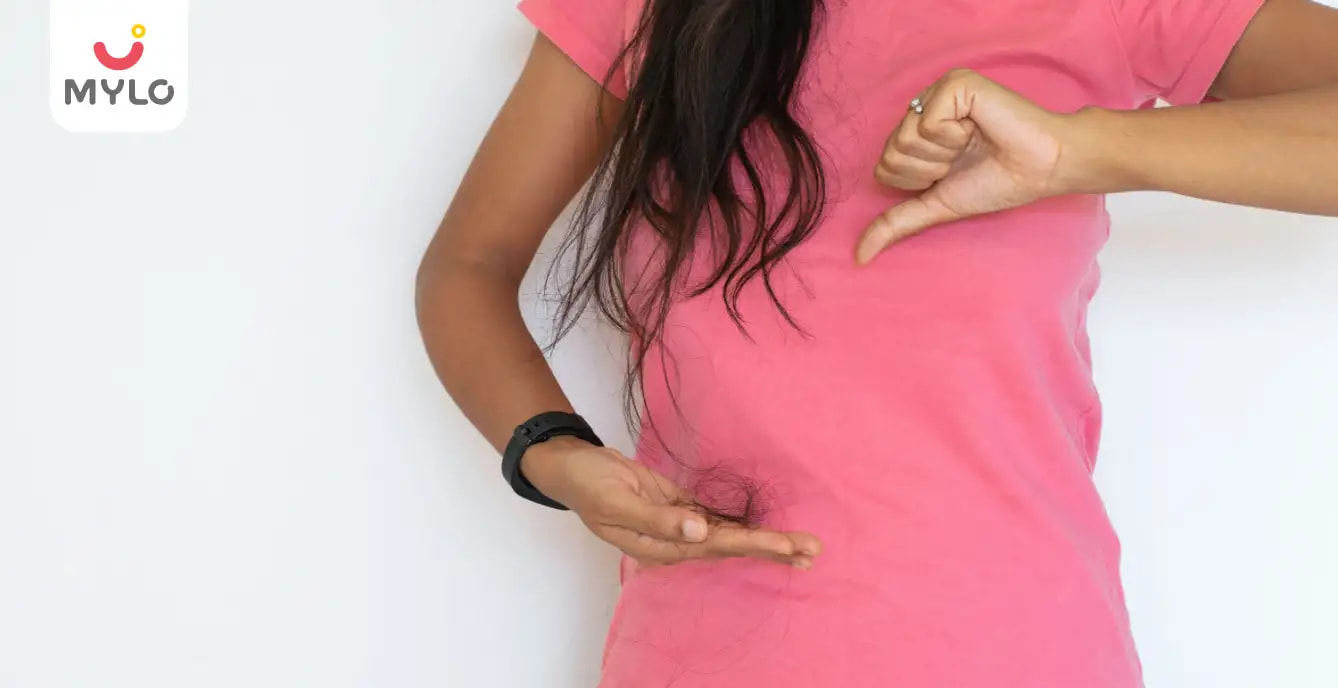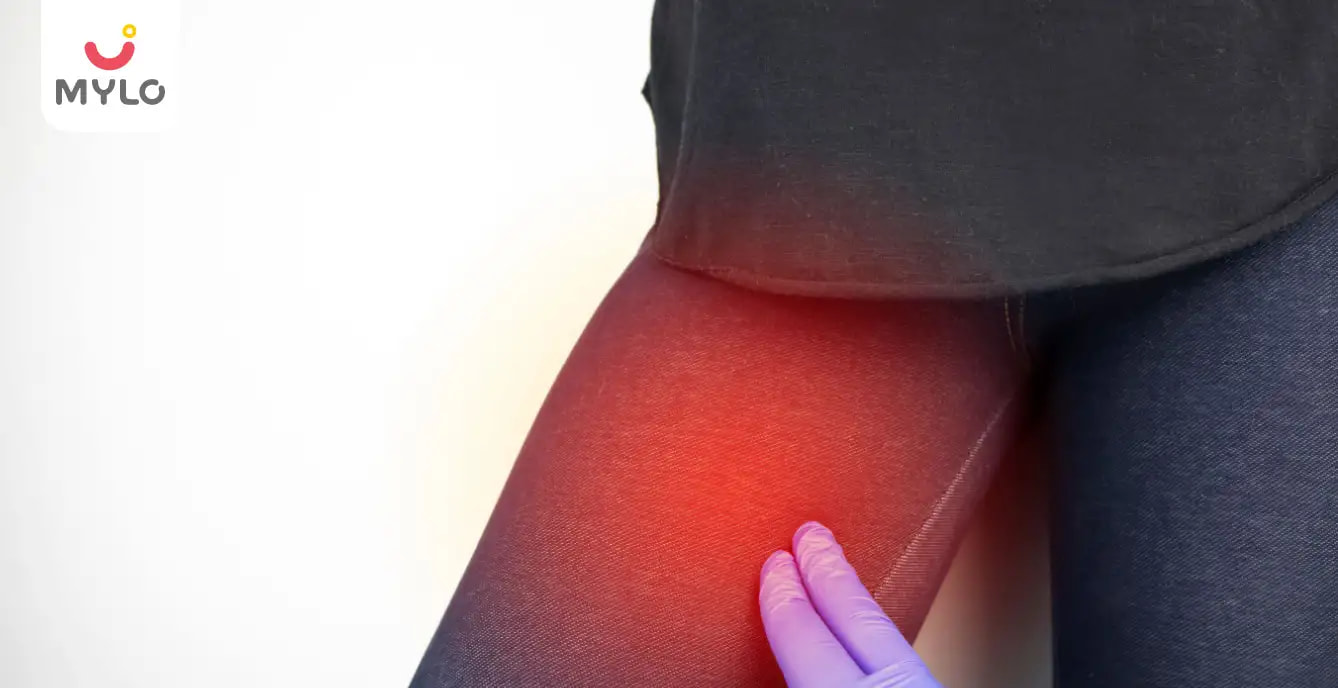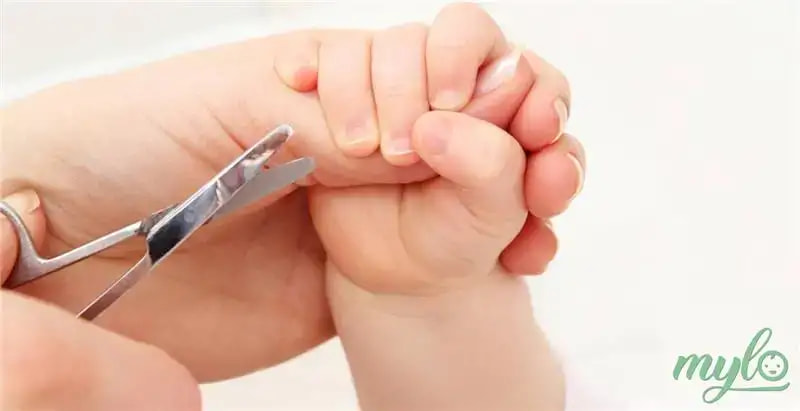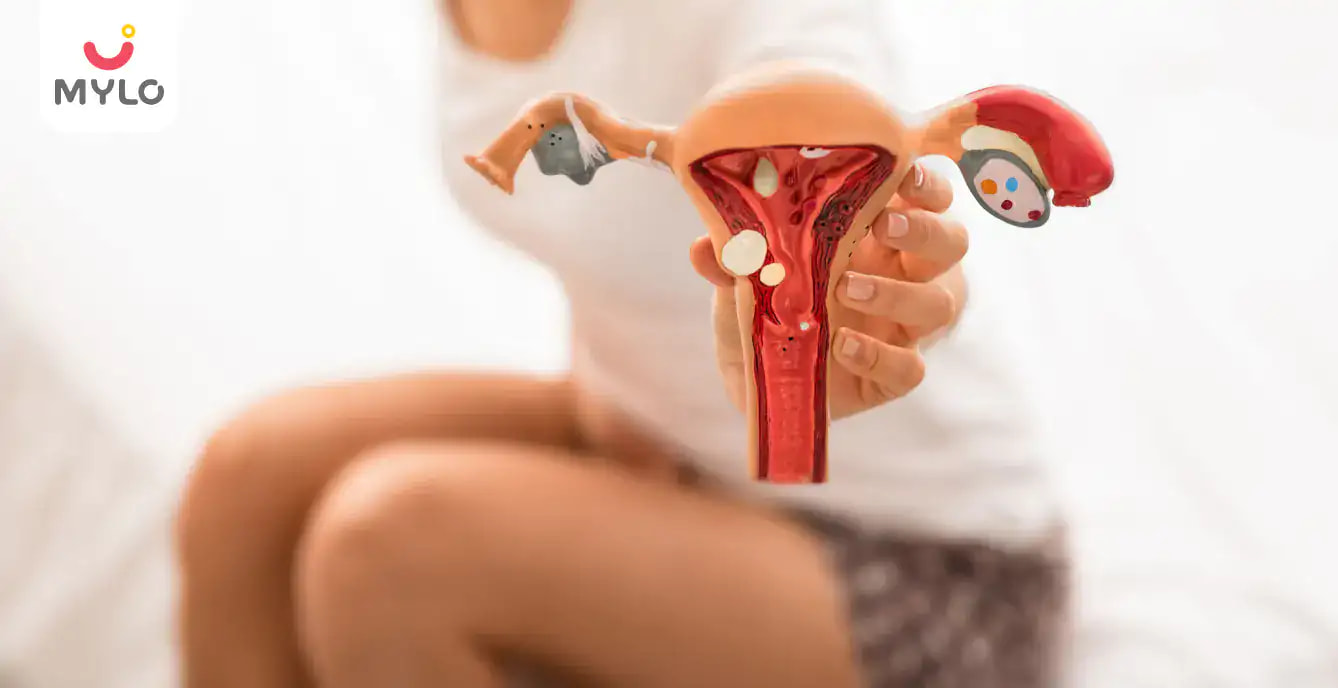Home

Common Health Problems

What is Pilonidal cyst? Causes, Treatment & Symptoms
In this Article

Common Health Problems
What is Pilonidal cyst? Causes, Treatment & Symptoms
Updated on 3 November 2023
A pilonidal cyst is a skin abnormality that typically comprises hair and skin debris. A hair pilonidal cyst is nearly always seen at the tailbone, towards the apex of the buttock cleft.
What is a pilonidal cyst?
Pilonidal Cysts form when hair penetrates the skin and gets lodged. When a pilonidal cyst becomes infected, the abscess's pilonidal cyst pain level is frequently exceedingly high. The hair pilonidal cyst can be surgically removed or drained by a tiny incision.
Pilonidal cysts are most frequent in young males, and the condition is prone to recurring. People who sit for extended periods, such as truck drivers, are more likely to acquire a Pilonidal Cyst.
Causes of pilonidal cyst
The specific cause of pilonidal cysts is unknown. The majority of pilonidal cysts, however, appear to be generated by loose hairs that enter the epidermis.
It was once considered that pilonidal cysts were congenital (born with them). They formed either from embryologic cells in the incorrect place early in development or from repeated trauma (jeep driver's illness). Small clumps of hairs and debris (dead skin cells and bacteria) stick in the skin's pores in the upper cleft of the buttock and create a "sinus," or pocket, known as a Pilonidal Sinus Cyst, which expands to become an abscess. This abscess grows beneath the skin (subcutaneously) and can leave scar tissue that can become infected again and again.
Friction and pressure, such as skin rubbing against skin, tight clothes, biking, lengthy periods of sitting, or similar circumstances – push the hair down into the skin. The body forms a cyst near the hair in response to being seen as a foreign material.
Some infants are born with a sacral dimple, a depression immediately above the buttock crease. A pilonidal cyst might form if the sacral dimple becomes inflamed.
Symptoms of pilonidal cyst
There may be no symptoms if a pilonidal cyst is not infected. Signs and symptoms of an infected cyst include:
-
Fever
-
Discomfort at the top of the buttocks
-
Pain in the lower back
-
Swelling
-
Redness
-
Blood or pus discharge from a pilonidal cyst pop
-
Awful smell
Treatments for pilonidal cyst
Doctors will provide an individualized treatment plan if you are diagnosed with one or more pilonidal cysts.
Depending on the seriousness of your symptoms, surgical pilonidal cyst removal may or may not be necessary. There are various alternative options for pilonidal cyst treatments to surgery, including:
-
To drain the cyst: Doctors can perform this operation in their clinics. The diseased cyst will be opened and drained using a minor incision (cut).
-
Injections: Injections (phenol, an acidic chemical component) can cure and prevent pilonidal cysts that are mild to moderate.
-
Antibiotics: Pilonidal cyst antibiotics can cure inflammation of the skin. However, antibiotics alone cannot cure pilonidal cysts.
-
Laser treatment: A laser treatment helps eliminate hair that would otherwise develop ingrown and induce the recurrence of pilonidal cysts.
While waiting for your treatment, the patients can try relieving themselves of any discomfort with a warm compress applied to the affected area or can use an inflatable seat or mattress.
Pilonidal cyst surgery
Suppose substantial scar tissue or a chronic sinus tract is discovered in the pilonidal cyst. In that case, a patient may require excision or a pilonidal cyst surgery to remove the abscess. A Pilonidal Cystectomy aids in the pilonidal cyst removal along with sinus tracts. The wound can be packed with gauze or sutured shut. A cleft lift/modified Karydakis treatment removes damaged skin, not deeper tissue, and the incision is moved to the side for better healing.
Other forms of pilonidal cyst surgery include flap treatments that remove more significant quantities of tissue, such as the Limberg flap, Z-plasty, and rotating flap.
Suppose a patient has a severe infection (cellulitis or sepsis) or is suffering from an immunocompromised (HIV/AIDS, cancer chemotherapy, steroid treatment, or other immune-modulating medicines) condition. In that case, the patient may have a typical recommendation for pilonidal cyst antibiotics treatment and may require hospitalization.
Metronidazole is one of the most often recommended antibiotics for pilonidal cyst infections. It may aid in the healing of an abscess by preventing germs from growing. The patient can take metronidazole orally or through intravenous administration before surgery.
Recovery from pilonidal cyst surgery
The recovery period for pilonidal cyst surgery varies depending on whether the incision is open or closed. An open incision can take up to eight weeks to heal into a patch of scar tissue (tissue is eliminated, leaving a hollow, and the body heals from the inside out). Recovery is much faster if the incision is closed (sutured by the doctor), but there is a more significant danger of reinfection, which might prolong healing. The cleft lift/modified Karydakis treatment has a four-week recovery period. In general, inflammation can persist for up to six days, while new tissue development can last up to two months.
Pilonidal cyst treatments of nonsurgical nature are helpful only when the cyst is tiny, and the symptoms are modest and infrequent. Use proper cleanliness, exfoliate the region, sit with good posture, and use a coccyx cushion to keep the cyst from worsening.
Conclusion
The prognosis for a pilonidal cyst is typically favorable, and the cyst is commonly curable with surgery. Unfortunately, recurrent abscesses are common if scar tissue or sinus development develops.
References
- Nixon, A.T., Garza, R.F. (2022). Pilonidal Cyst And Sinus. www.ncbi.nlm.nih.gov
- da Silva JH. (2000). Pilonidal cyst: cause and treatment. www.pubmed.ncbi.nlm.nih.gov



Written by
Madhavi Gupta
Dr. Madhavi Gupta is an accomplished Ayurvedic doctor specializing in Medical content writing with an experience of over 10 years.
Read MoreGet baby's diet chart, and growth tips

Related Articles
Related Questions
Hello frnds..still no pain...doctor said head fix nhi hua hai..bt vagina me pain hai aur back pain bhi... anyone having same issues??

Kon kon c chije aisi hai jo pregnancy mei gas acidity jalan karti hain... Koi btayega plz bcz mujhe aksar khane ke baad hi samagh aata hai ki is chij se gas acidity jalan ho gyi hai. Please share your knowledge

I am 13 week pregnancy. Anyone having Storione-xt tablet. It better to have morning or night ???

Hlo to be moms....i hv a query...in my 9.5 wk i feel body joint pain like in ankle, knee, wrist, shoulder, toes....pain intensity is high...i cnt sleep....what should i do pls help....cn i cosult my doc.

Influenza and boostrix injection kisiko laga hai kya 8 month pregnancy me and q lagta hai ye plz reply me

Related Topics
RECENTLY PUBLISHED ARTICLES
our most recent articles

Diet & Nutrition
গর্ভাবস্থায় আলুবোখরা: উপকারিতা ও ঝুঁকি | Prunes During Pregnancy: Benefits & Risks in Bengali

Diet & Nutrition
গর্ভাবস্থায় হিং | ঝুঁকি, সুবিধা এবং অন্যান্য চিকিৎসা | Hing During Pregnancy | Risks, Benefits & Other Treatments in Bengali

Women Specific Issues
স্তনের উপর সাদা দাগ: লক্ষণ, কারণ এবং চিকিৎসা | White Spots on Nipple: Causes, Symptoms, and Treatments in Bengali

Diet & Nutrition
গর্ভাবস্থায় পোহা: উপকারিতা, ধরণ এবং রেসিপি | Poha During Pregnancy: Benefits, Types & Recipes in Bengali

Diet & Nutrition
গর্ভাবস্থায় মাছ: উপকারিতা এবং ঝুঁকি | Fish In Pregnancy: Benefits and Risks in Bengali

Diet & Nutrition
গর্ভাবস্থায় রেড ওয়াইন: পার্শ্ব প্রতিক্রিয়া এবং নির্দেশিকা | Red Wine During Pregnancy: Side Effects & Guidelines in Bengali
- ইনার থাই চ্যাফিং: কারণ, উপসর্গ এবং চিকিৎসা | Inner Thigh Chafing: Causes, Symptoms & Treatment in Bengali
- গর্ভাবস্থায় ব্রাউন রাইস: উপকারিতা ও সতর্কতা | Brown Rice During Pregnancy: Benefits & Precautions in Bengali
- Velamentous Cord Insertion - Precautions, Results & Safety
- Unlock the Secret to Flawless Skin: 7 Must-Have Qualities in a Face Serum
- Unlock the Secret to Radiant Skin: How Vitamin C Serum Can Transform Your Complexion
- Gender No Bar: 10 Reasons Why Everyone Needs a Body Lotion
- Unlock the Secret to Radiant Skin How to Choose the Perfect Body Lotion for Your Skin Type
- Top 10 Reasons to Apply a Body Lotion After Every Bath
- Communication in Toddlers: Milestones & Activities
- How to Improve Vocabulary for Toddlers?
- A Comprehensive Guide to Understanding Placenta Accreta
- Vulvovaginitis in Toddlers Causes, Symptoms and Treatment
- A Comprehensive Guide to Understanding Cerebral Palsy in Children
- Bitter Taste in Mouth During Pregnancy: Understanding the Causes and Remedies


AWARDS AND RECOGNITION

Mylo wins Forbes D2C Disruptor award

Mylo wins The Economic Times Promising Brands 2022
AS SEEN IN
















- Mylo Care: Effective and science-backed personal care and wellness solutions for a joyful you.
- Mylo Baby: Science-backed, gentle and effective personal care & hygiene range for your little one.
- Mylo Community: Trusted and empathetic community of 10mn+ parents and experts.
Product Categories
baby carrier | baby soap | baby wipes | stretch marks cream | baby cream | baby shampoo | baby massage oil | baby hair oil | stretch marks oil | baby body wash | baby powder | baby lotion | diaper rash cream | newborn diapers | teether | baby kajal | baby diapers | cloth diapers |








